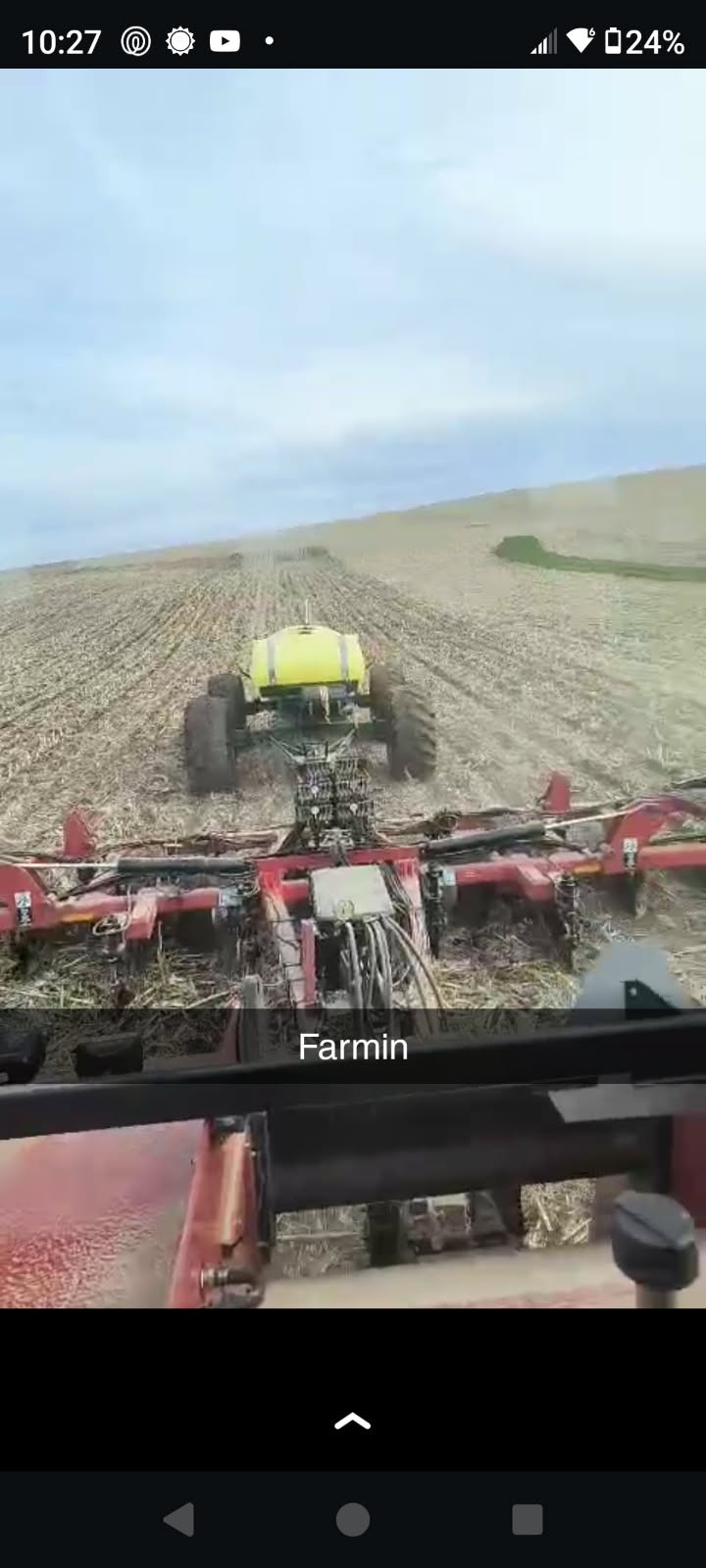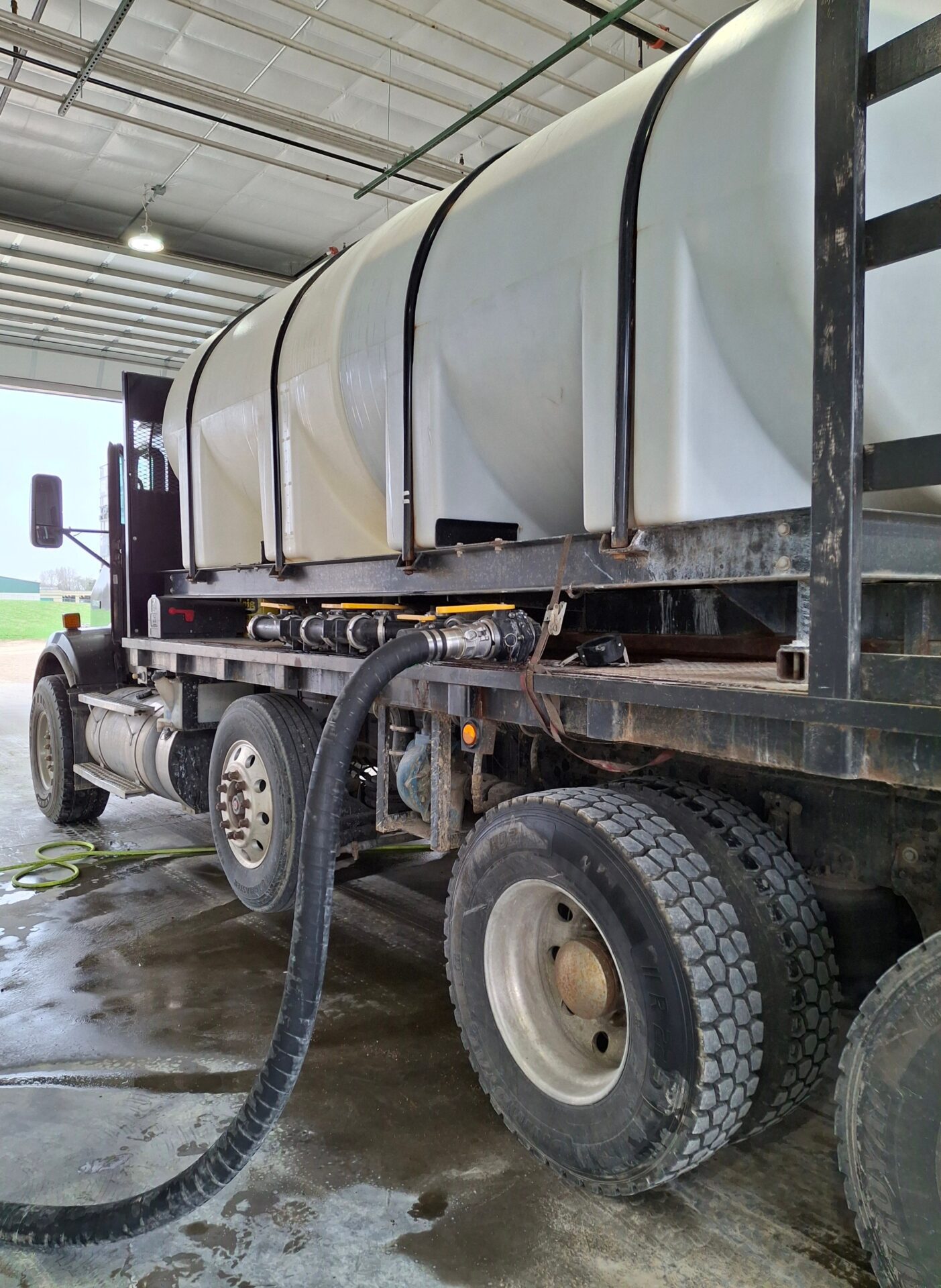
Week of April 28, 2025 Local, professional reports straight from the field,
from all regions serviced by Ag Partners.
Meet this week’s featured agronomists:

Morristown, MN

Goodhue, MN

Elgin, MN

Ellsworth, WI
WEST
Belle Plaine – Le Center – Le Sueur – Morristown – Traverse
It’s been relatively quiet the last two weeks around the I35 corridor with consistent measurable rainfall since April 17. We’ve been monitoring corn and soybean fields that were planted April 13-16 to measure progress as seen in the pictures below. Soybeans planted on April 13 are starting to crack the soil and moving along nicely. However, the corn is moving at a slower pace; as of April 28, we’ve accumulated roughly +-70 GDU’s and need 120 GDU’s to emerge using an April 14 planting date. Soil temperatures are fluctuating around 53 degrees at the 2” depth. We will continue to monitor early planted fields as the crop continues to emerge.
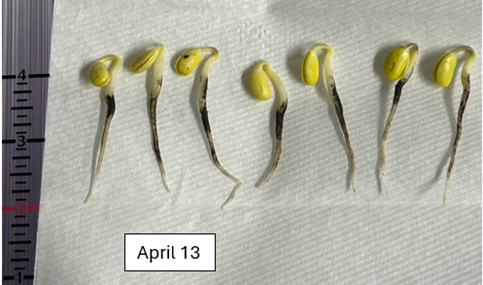
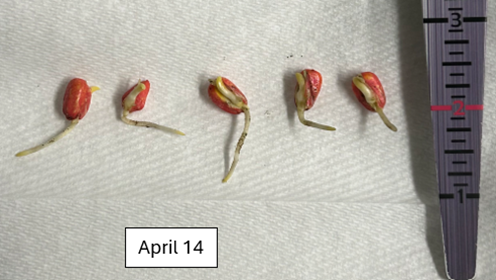

The forecast looks promising for a good stretch of fieldwork. With that in mind, stay patient and wait for soil conditions to be fit. We want to avoid any sidewall compaction by going too early– especially if the summer and/or spring decides to dry out. Remember, we are still at 96% relative yield potential as shown in the table.
Have a safe and successful spring! – Joe
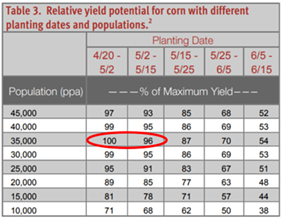
EAST
Goodhue – Kenyon – Lake City – Pine Island – Wanamingo
Every year is different, and this one is full of challenges already. The soil has taken time to get “fit” to plant due to deep frost, cool temperatures, clouds, and rain. We all know planting date is important. The thing one must remember is that fit soils is priority number one. Then we look at the risk of weather after planting, then the date. In two weeks we will worry about planting date over fit soils.
Urea can lay out on dry soils for 2-4 days depending on soil temperature before incorporation. 0.25” or less of constant rain will incorporate the urea. The nitrogen in AMS and DAP/MAP is stable. When soils are damp on top, I multiply the days by 0.67 to get my lay-by time frame. If one is going to vertical till their urea, I would treat that with Agrotain Advanced (nitrogen stabilizer) because more urease enzyme will be in contact with the urea prill than just lying on top of the soil. No-till and vertical till urea is almost always treated with Agrotain. Broadcast 32% should always be treated with Agrotain since the particle size of the spray drop exposes the urea portion of the nitrogen to many microbes right away.
Preplant dry fertilizer is plan A. Plan B is after planting. What we learned in 2013, 2014, and 2019, as planting dates got later and more limited, is to plant even though you may not have had your fertilizer applied. Fortunately, it looks like we will be able to plant in a relatively early timeframe. Looking at the forecast, we will likely have a large portion of the crop in the ground this time next week. Most have their P+K from last fall, which is already worked into the soil. That only leaves nitrogen and sulfur to be applied, which is mobile in the soil. The addition of Agrotain Advanced to your urea application will provide 14-21 days of coverage to surface applied urea.
Now I can hear a couple of you that choose not to do fall P and K say, “What about my P and K?” K is not as immobile as once thought. P is fairly immobile, but no-till and vertical till farmers have come to realize that P uptake does take place more than one thinks. The tissue samples in our area rarely indicate P deficiency for corn. – Chris
SOUTH
Elgin – Lewiston – Stewartville
With recent rainfall, spring progress has been slowed down a bit in the southeast part of our territory. The forecast is starting to look better heading into the weekend and next week, so we are gearing up for our big push of spreading and planting! With planting in mind, it is also important to think about the issue of seedling diseases that can occur.
AYS data in 2024 shows a 1.9 bushel advantage to using a seed treatment on soybeans versus not using one. This 1.9 bushel advantage correlates with a $2.50 return on investment into seed treatment. The disease pressure that soybeans are susceptible to changes as our soil moisture and temperatures change. Later planting dates don’t reduce the risk of seedling diseases, it just changes the disease type we will be seeing. Get in touch with your Ag Partners Agronomist to learn more about the seed treatment options that are best for you! Have a safe spring season! – Kjersten
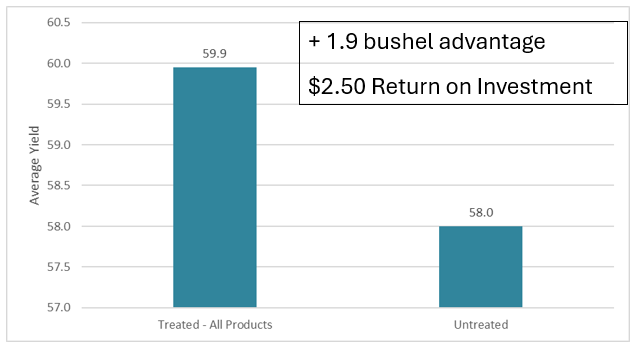
WISCONSIN
Ellsworth
The season is upon us with full force here in Western Wisconsin. To the North planters have been rolling steady. To the South it’s been a little more wet so not much planting has gone on, but we have been able to get dry and liquid fertilizer on across the territory. It looks like some showers are coming through today, but after that it looks like smooth sailing for a while. Knock on wood. Hope everyone has a safe and wonderful planting season. – Chace
